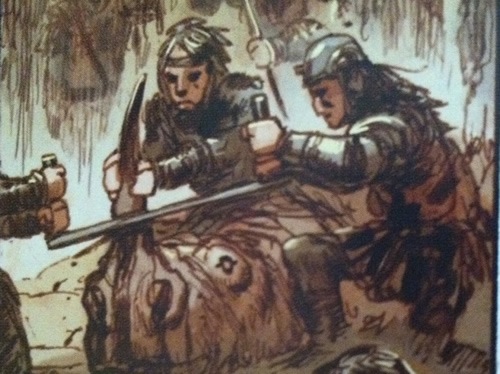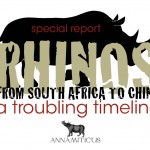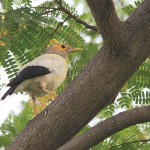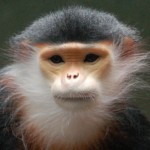
In the 2011 graphic novel Noah by Darren Aronofsky, Ari Handel and Niko Henrichon, the story begins with Noah and his sons encountering a hunting party which preys on woolly rhinos.
Food is scarce in Noah‘s apocalyptic world; woolly rhino meat could feed many people. But these armed marauders aren’t after sustenance.
“Fools. Such fools.”
Noah tells his oldest son, Shem, in disgust that these men are killing rhinos for their horns because of a myth that rhino horn provides great power.
“They think it has power. But it is just like our hair, our nails.”
Sound familiar?
After Noah fights against the hunters, they hear a wounded baby rhino crying out. He and his sons bring her home and nurse her back to health, illustrating the good in people who are trying help and protect wildlife. Sadly, as the tale unfolds, it does seem that the heroes in this tale are outnumbered by those who would exploit the horn.
Although an avid reader and collector of comics and graphic novels, I surprisingly did not read Noah until recently. The exploitation and killing of rhinos has gotten much worse since Noah was published (originally in French) back in 2011. Hopefully, the wide availability of the graphic novel brings the plight of the rhino to a mainstream audience — which we definitely need.
And the story of Noah, as interpreted by Aronofsky, Handel and Henrichon, is hitting the big screen this weekend. (At the time of this writing, there is no news on whether or not the rhino scene is included.)




